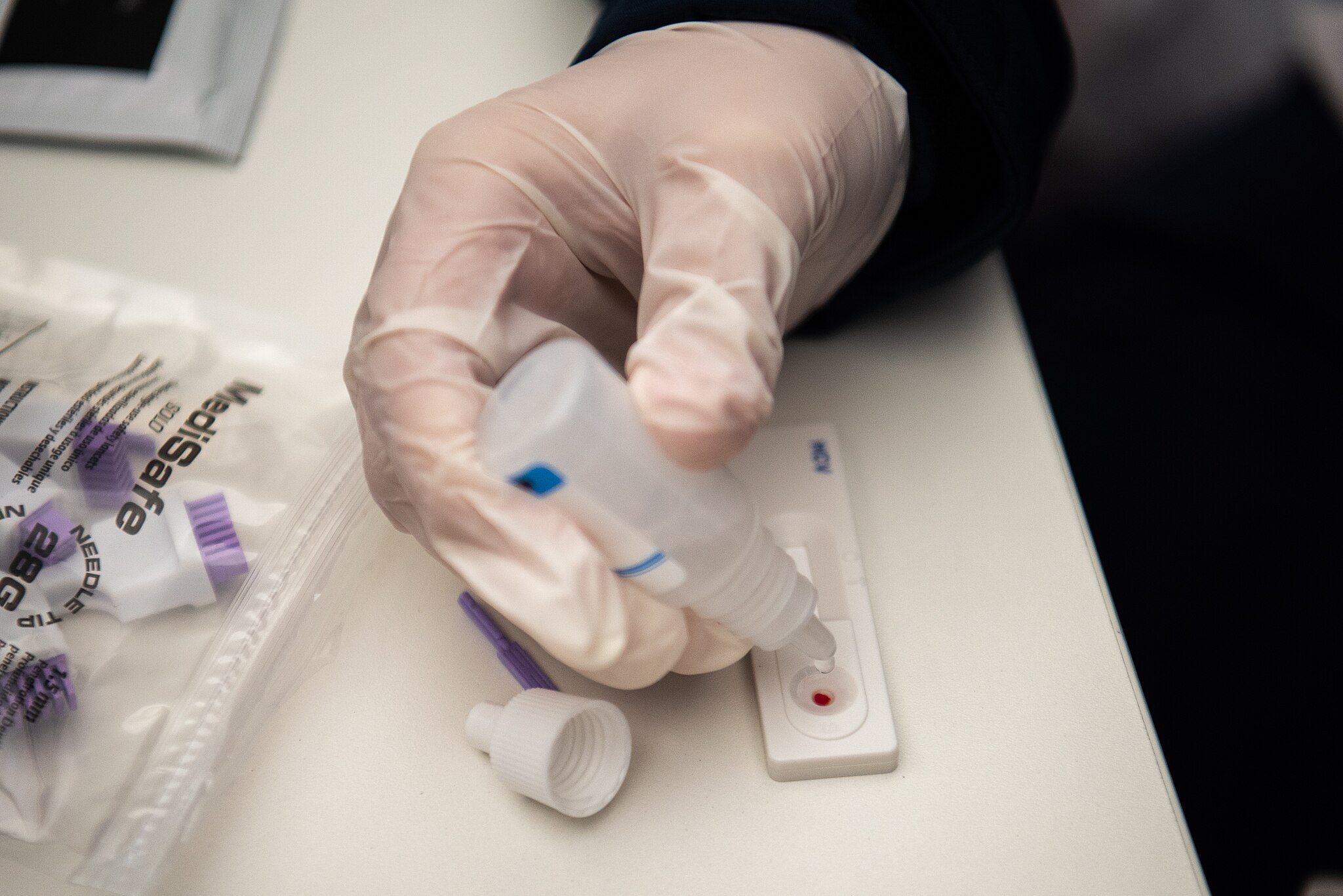Media release
From:
New modelling shows that far fewer people in New Zealand have hepatitis C than we thought—around 18,000 rather than 50,000—but many still don’t know they have it. If left untreated, hepatitis C can lead to serious liver damage. Although we have excellent treatments that can cure the virus, not enough people are being treated each year to meet our elimination goals. Community clinics and outreach vans have helped reach some of the most affected groups, but a wider approach is now needed. This could include offering one-off testing to all adults to find people who don’t yet know they’re infected. With a renewed push, New Zealand can still eliminate hepatitis C as a public health threat.



 New Zealand
New Zealand


